The first things bears do once they’ve woken up from hibernation is eat wild garlic, and especially the bulbs. At least that’s what people thought in the Early Middle Ages (476-1,000AD). And it would have made sense: for millennia people had been using wild garlic as a remedy for all manner of ailments, so one could imagine bears might make use of it, feeling a bit peeky after having been comatose for an entire winter.
The bears’ love of the herb gave Wild Garlic its scientific name, Allium Ursinum. ‘Ursi’ is bear in Latin, while ‘Allium’ has two possible derivations: firstly, from the Latin verb ‘olere’ to smell and secondly from the Greek word ‘aleo’ to avoid (which is what non-garlic lovers would have tended to do).
The reference to Bears is common in various languages. For example, in English it’s known as Bear’s garlic or Bear-Leek; in French, ‘Ail des Ours’ (garlic of bears) and in German ‘Bärlauch’ (bear leek). In Holland it was the badgers that were spotted eating the wild garlic, hence the name ‘daslook’ or badger leek. Those badgers clearly over-did it a bit as in Holland Wild Garlic is now rare and illegal to pick.
The word ‘garlic’ comes from the Anglo Saxon word Garleac, a combination of ‘gar’ meaning spear (after Wild Garlic’s spear-shaped leaves) and ‘leac’ which meant plant and which over time became ‘leek’. The word ‘wild’ comes from Old English ‘awildian’, which meant ‘refuses to be tamed’.
Wild Garlic is equally well-known as ‘Ramsons’. This word comes from the Anglo Saxon word ‘Hramsa’ meaning bitter or having a nasty flavour. In the Early Middle Ages, the smell and taste of garlic wasn’t always appreciated. Feeding it to cattle was not recommended, as it was said to cause milk to take on a bitter flavour.
But before the Early Middle Ages, the ancient Egyptians, the Greeks, Romans and Celts all praised it highly as a medicinal herb. They used it to treat ailments such as heart issues, headaches, insect bites, and intestinal worms. (We now know that it is indeed full of vitamin C, has antiseptic properties and can help lower cholesterol and high blood pressure as well.) But not only was it a super food, the ancients also suggested that if you needed to ward off witches and other evil, Wild Garlic was perfectly adequate for that purpose too if no cultivated Garlic was at hand.
Next to warding off evil, Wild Garlic could help with pests in the garden as well. Making a tea or infusion from the leaves and pouring it cold over young plants would drive pests away. The same infusion could be used as a household disinfectant as long as you didn’t mind the house being a little on the pungent side.
Herbalist John Gerard (1545-1612), gives us a tasty-sounding recipe. He suggests to ‘stampe’ the Wild Garlic leaves together with Sorrel leaves and butter and serve the ‘Greene-sauce’ with fish in the months April and May. It would apparently give hard-labouring men a strong constitution. I might just try this, as it does sound rather delicious.
Other names for Wild Garlic or Ramsons are Buckrams, Broad-leaved Garlic, Wood Garlic and Cow Keeper’s Curse.
If you enjoyed reading this, you might enjoy reading about other wildflowers too. You can easily find all posts written so far in the Flowerology alphabetical archive .
This newsletter is NOT a field guide for flower identification. It’s often difficult to tell the difference between harmless plants and poisonous plants and some flowers are rare and protected by law, so, NEVER pick or use any plants or flowers if you’re not sure about them.
illustrations and text ©Chantal Bourgonje


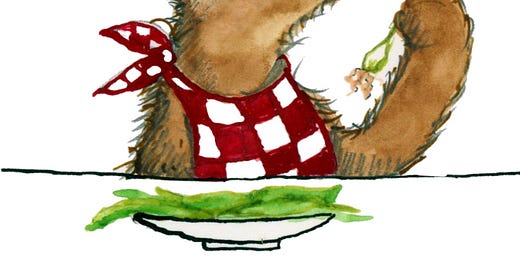




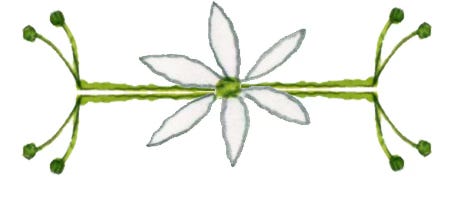
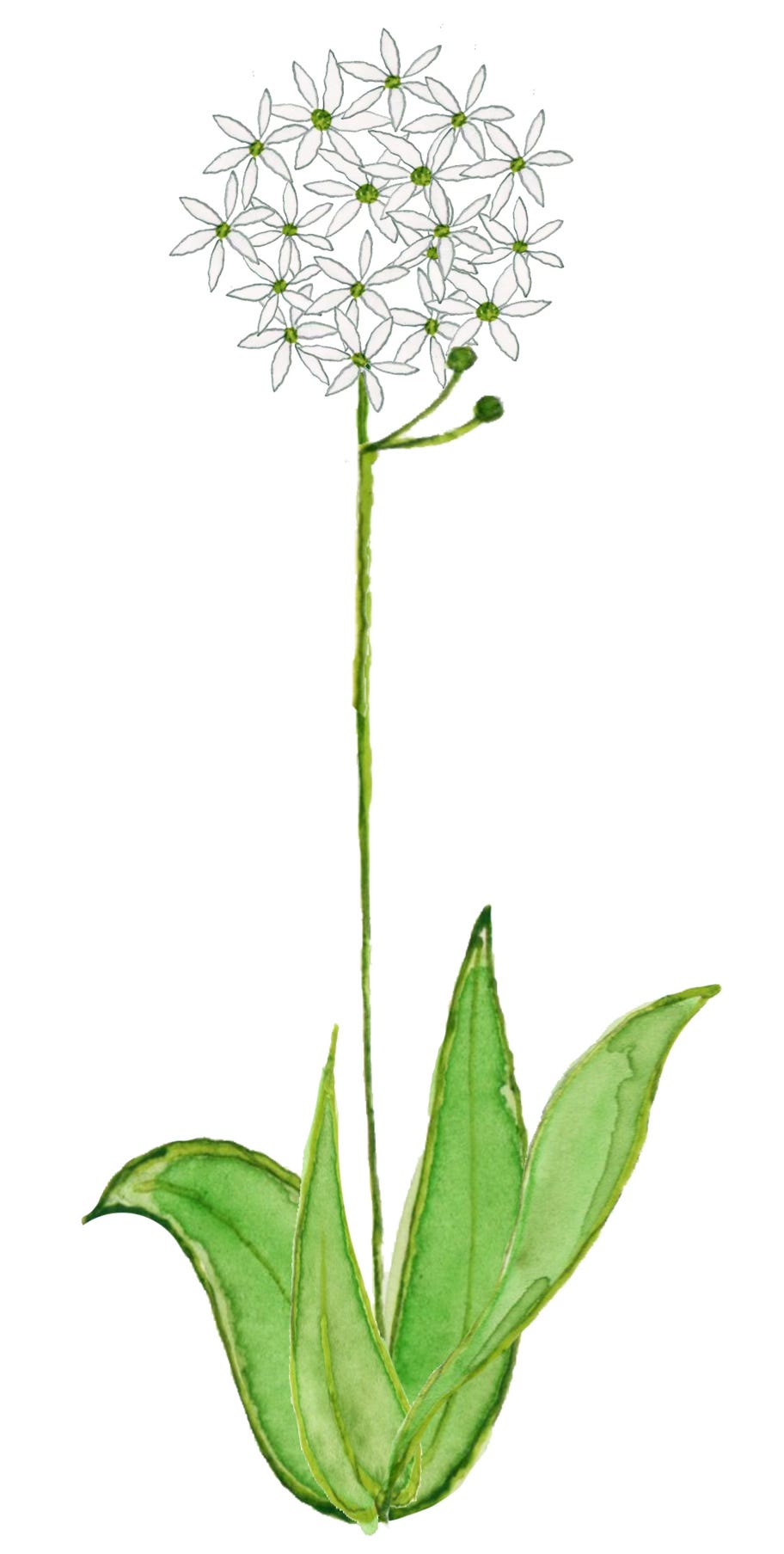

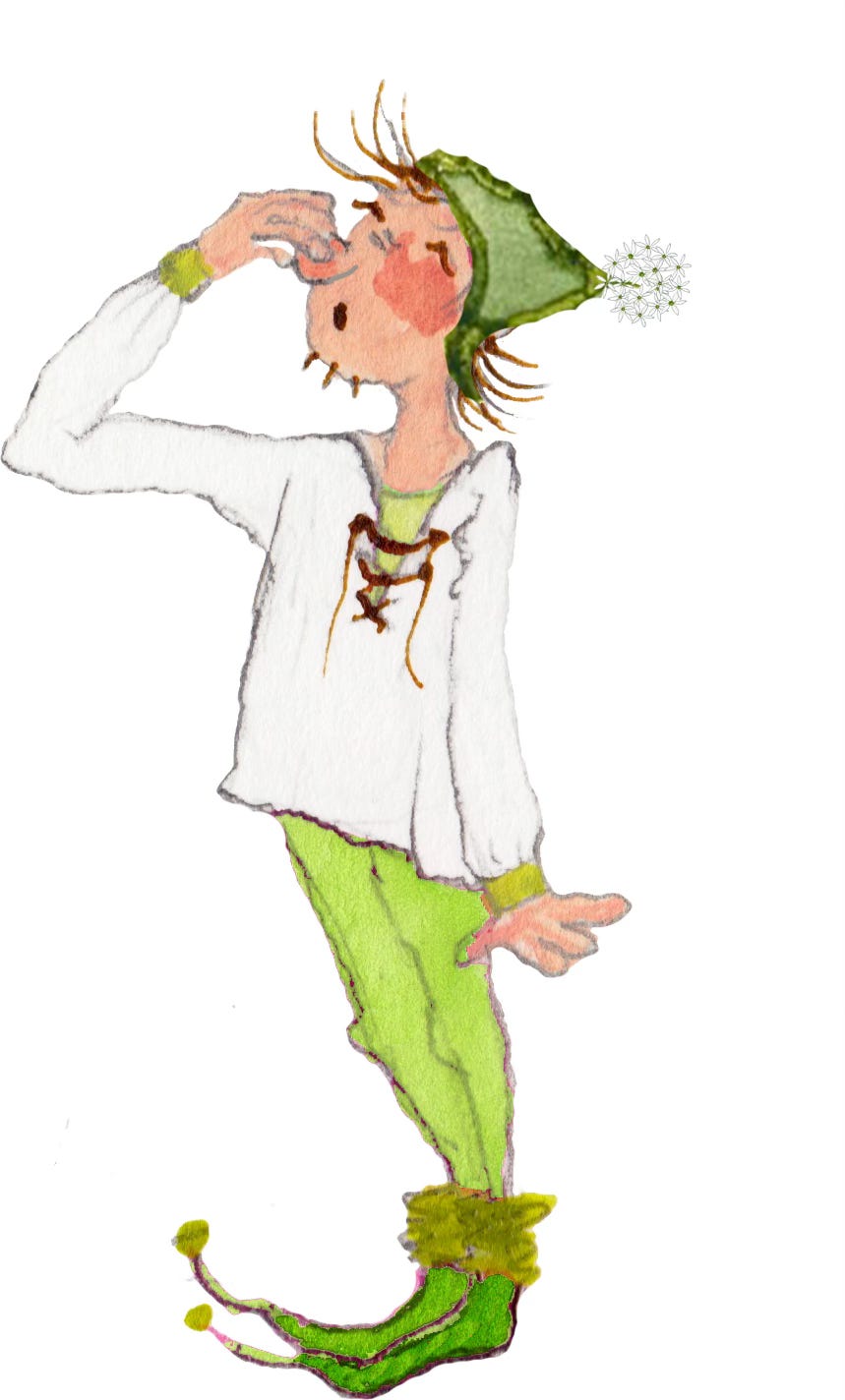
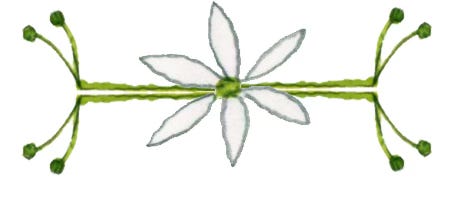
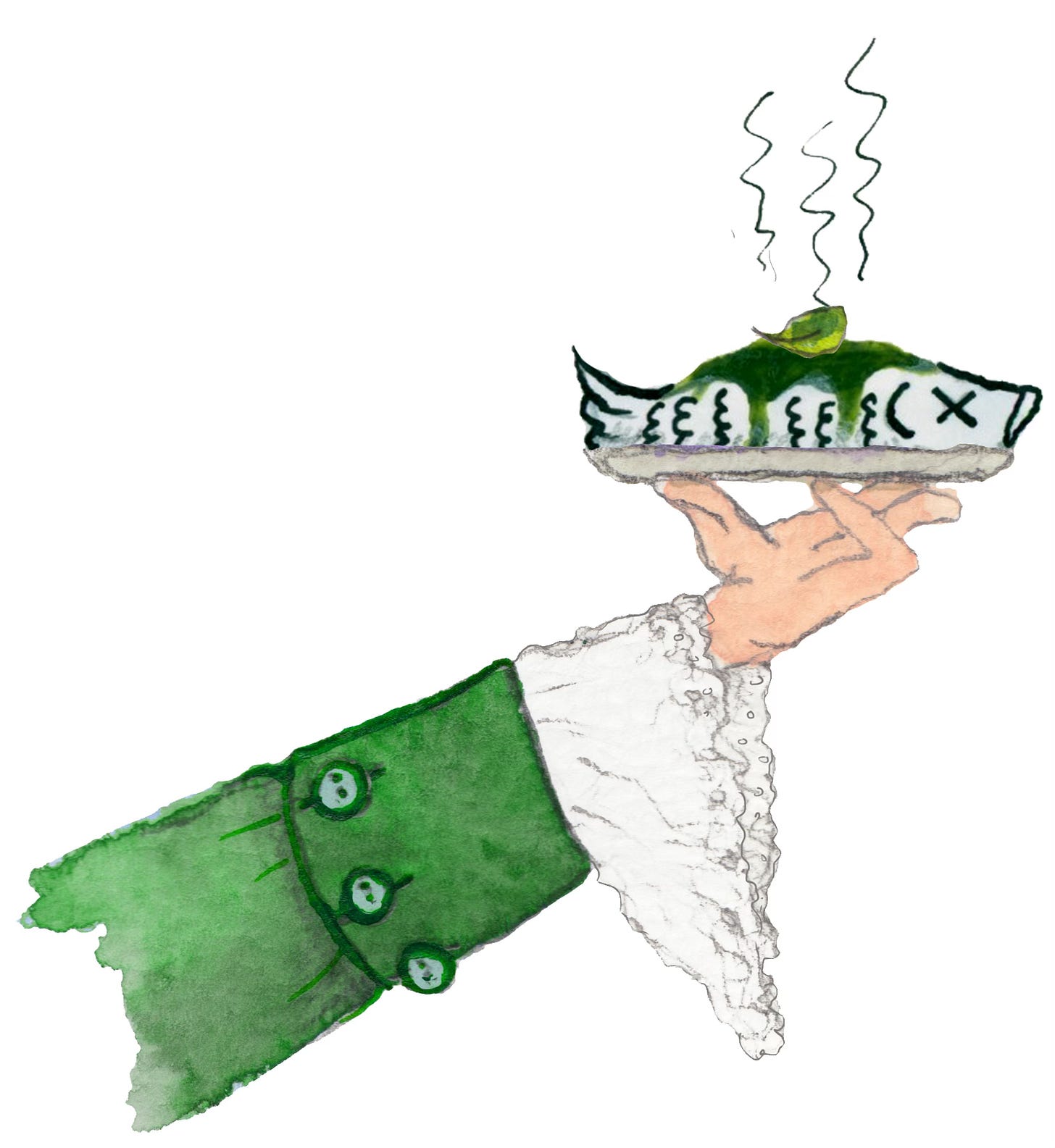
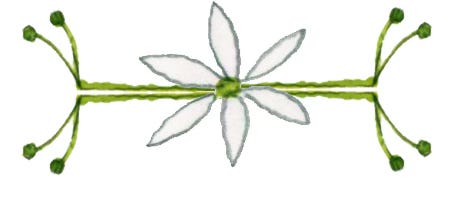
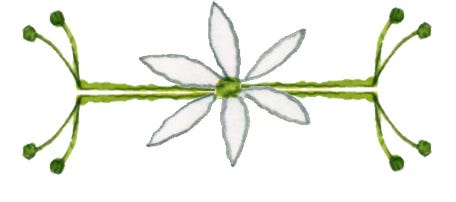

In Vermont we have wild leeks, or ramps. I thought they might be the same but they are a different allium. I love the bear connection!